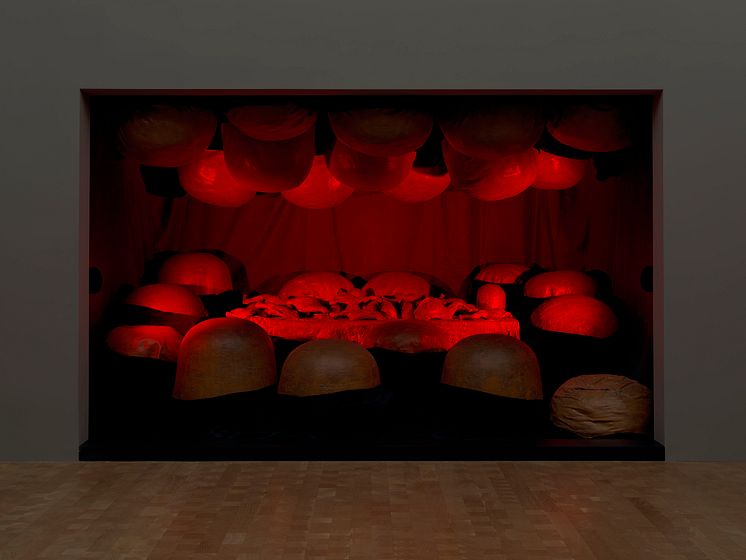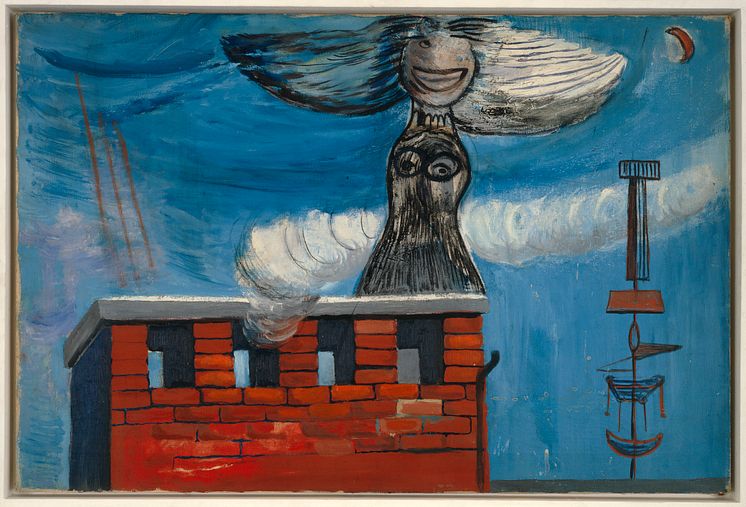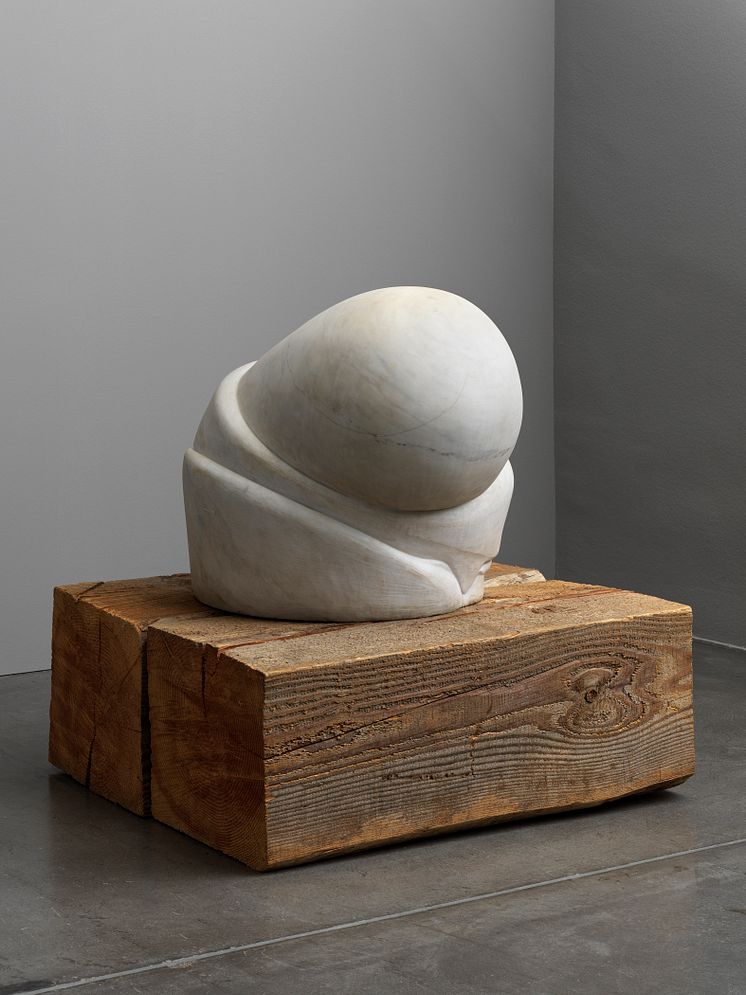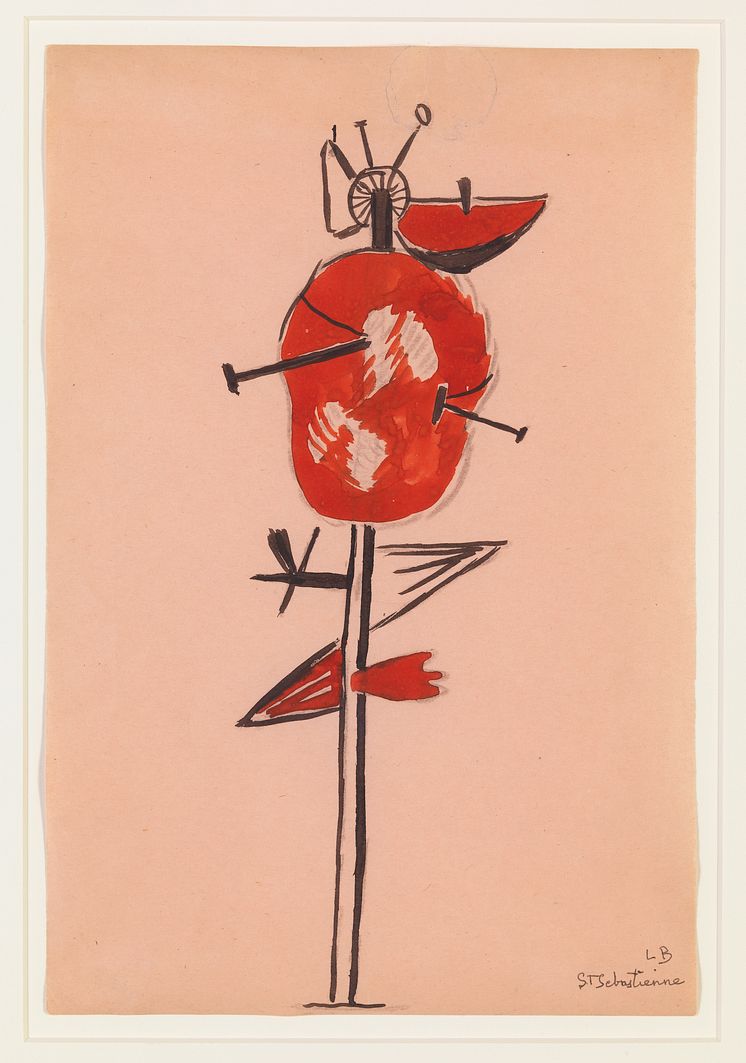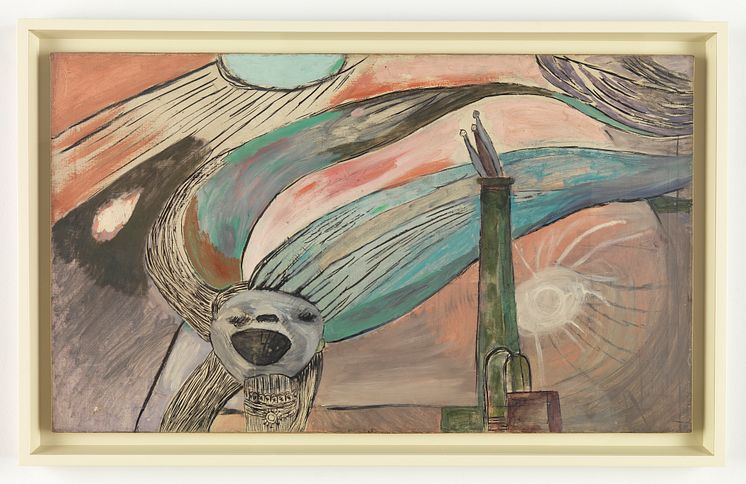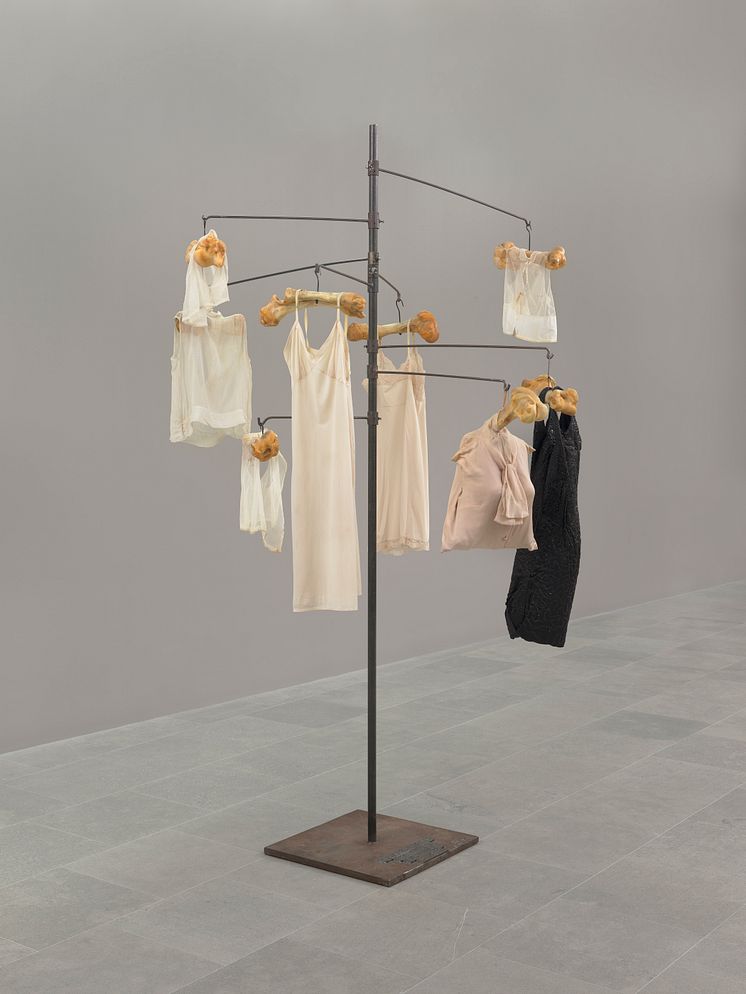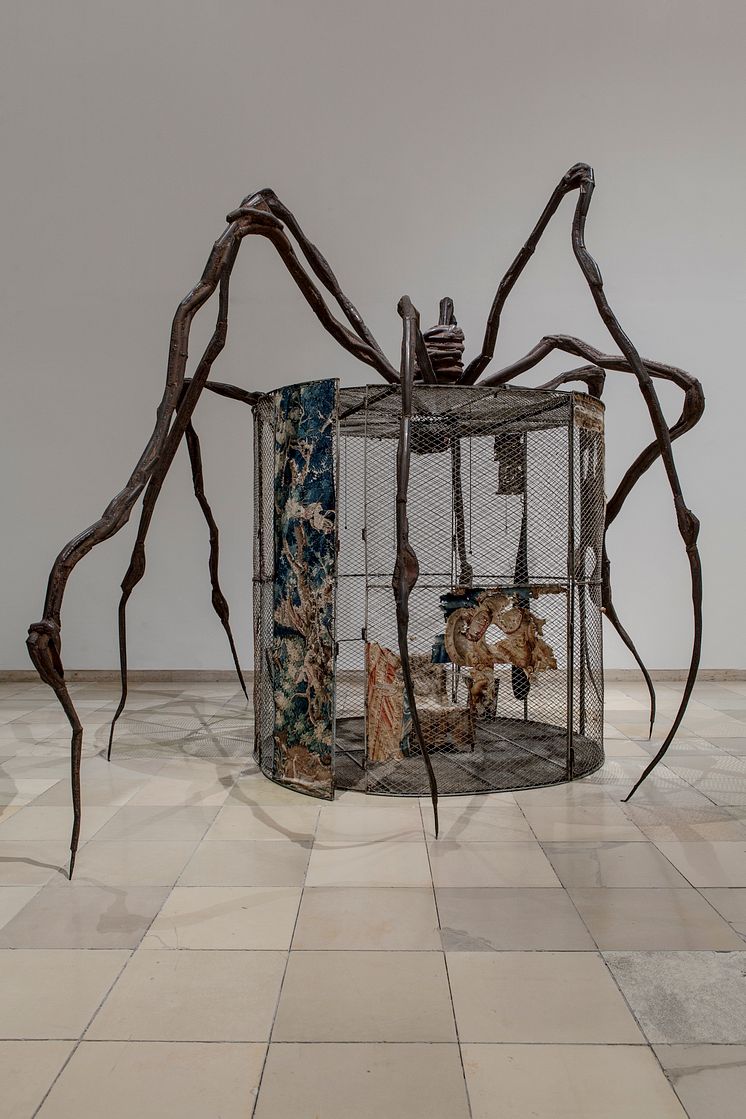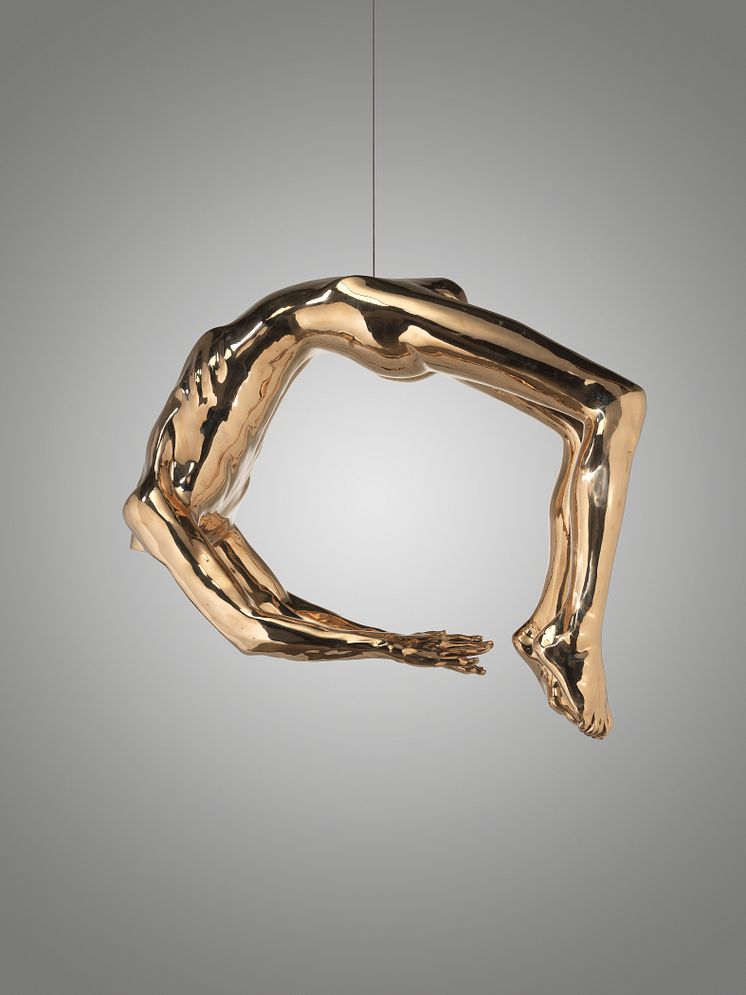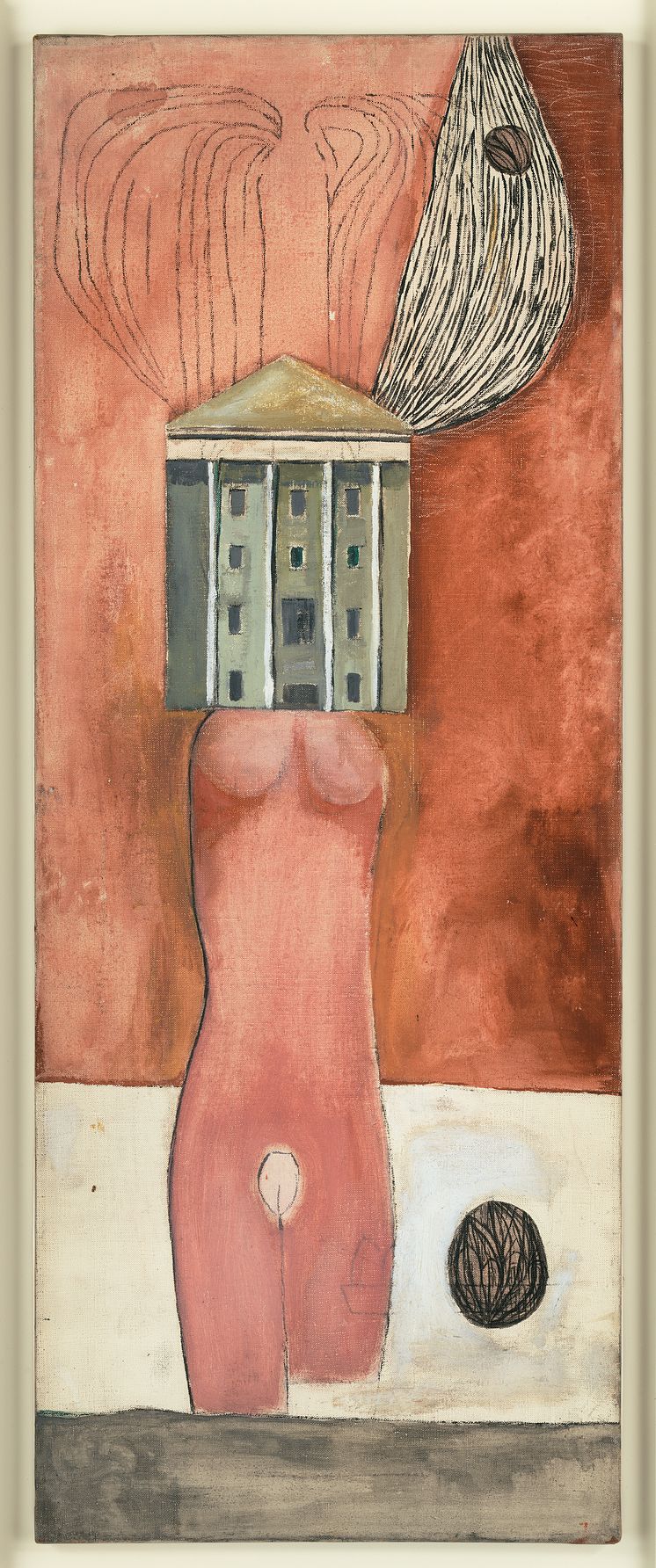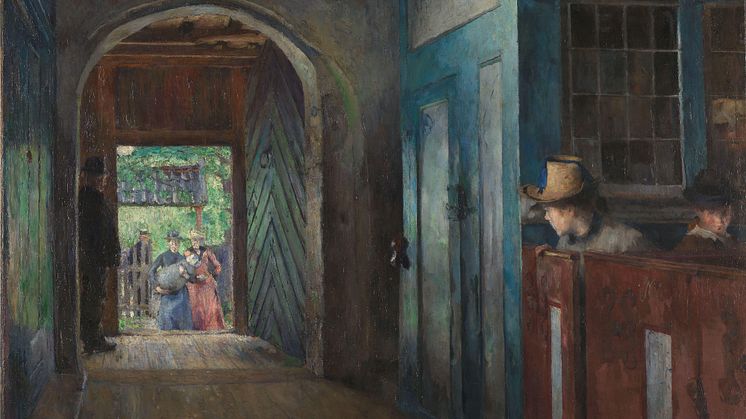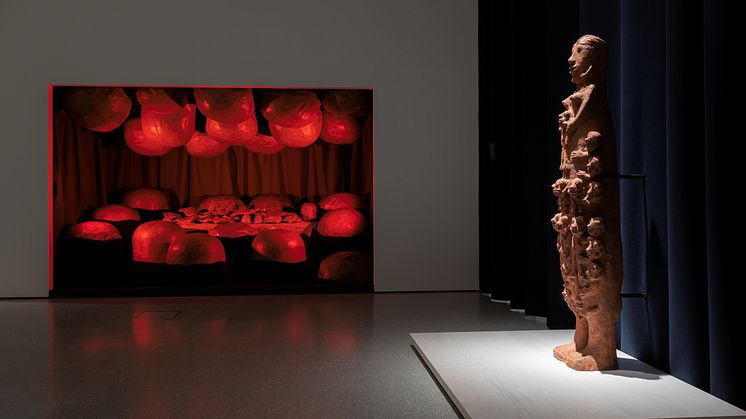
Press release -
New exhibition puts Louise Bourgeois in dialogue with around 50 other artists
Louise Bourgeois. Imaginary Conversations
6 May–6 August 2023
The National Museum – the Light Hall
Press preview 3 May, 11.00
Please register attendance to simen.joachim.helsvig@nasjonalmuseet.no
Louise Bourgeois (1911–2010) is one of the great names of 20th century art. Refusing to be confined by a single artistic movement, Bourgeois explored a variety of styles and techniques – a variety that few other artists can match.
Louise Bourgeois. Imaginary Conversations marks a turning point when it comes to Bourgeois’s significance today. This major exhibition in the National Museum’s Light Hall sets her impressively long career against a wide range of interlocutors, both past and present, whose work she engaged with as well as many others who engaged with hers.
The exhibition takes the classic museum retrospective, with its traditional focus on a single individual, and expands it to incorporate the work of other artists. Here, Bourgeois’s highly personal and emotional works are put in dialogue with around 50 artists like Edvard Munch, Marie Laurencin, Pablo Picasso, Alberto Giacometti, Arshile Gorky, Louise Nevelson, Senga Nengudi, Alina Szapocznikow, Seni Awa Camara, Nan Goldin, Robert Gober, and Rosemarie Trockel. Some of the encounters between Bourgeois and these artists actually took place, while other conversations between works have been set up for the exhibition.
Bourgeois is commonly regarded as an outsider in the world of art. Interpretations often treat her as an individual largely isolated from art history and other narratives. Imaginary Conversations is the first large-scale exhibition that seeks to upend the conventional image of Bourgeois and see her as artist in dialogue with the times she lived through.
The exhibition showcases an artist who, throughout her entire career, was preoccupied with the artistic and social changes taking place in contemporary life, such as representations of the body in the 1960s, feminism in the 1970s, and the AIDS epidemic of the 1980s and 1990s. The exhibition will show that Bourgeois’s interest in themes like loneliness, love, illness, sexuality, and gender roles was shared and informed by many others.
Louise Bourgeois. Imaginary Conversations will be the first exhibition to articulate and define Bourgeois’s bond to art history, presenting her as a central pivot linking modern, postmodern, and contemporary art. The exhibition features works from Bourgeois’s entire career, from her paintings and prints from the 1940s to the more well-known “cells” she created in her final decades.
The exhibition is co-curated by Senior Curator at the National Museum Andrea Kroksnes and visiting curator Briony Fer. The exhibition is a collaboration with The Easton Foundation and is supported by the DNB Savings Bank Foundation. The National Museum and the DNB Savings Bank Foundation have collaborated for several years on presenting Louise Bourgeois’s art in Norway, including through the long-term deposit of seminal Bourgeois works in the National Museum’s collection.
Throughout the exhibition period, Bourgeois’s giant spider sculpture Maman (1999) will be on display in the Palace Park by the Royal Palace, a short walk from the National Museum.
The salon
In the late 1980s, Bourgeois began holding her weekly Sunday Salons, where she met young artists for conversations at her home. For the exhibition, the National Museum has installed its own, custom-made version of Bourgeois’s salon, where visitors can experience unique and rare video recordings from Bourgeois’s own gatherings. There will also be talks and creative workshops in the salon.
Catalogue
An extensive catalogue is published on occasion of the exhibition. The richly illustrated 240-page catalogue includes essays by the curators, as well as contributions by Sérgio B. Martins, Jo Applin, Alison Karasyk Hines.
List of artists
Louise Bourgeois + Diane Arbus, Hans Arp, Francis Bacon, Alvin Baltrop, Phyllida Barlow, Lynda Benglis, Joseph Beuys, Pierre Bonnard, André Breton, Seni Awa Camara, Rebecca Campeau, Helen Chadwick, Constantin Brâncuși, Marcel Duchamp, Mary Beth Edelson, Louis Michel Eilshemius, Alberto Giacometti, Robert Gober, Nan Goldin, Arshile Gorky, Eva Hesse, Roni Horn, Ewa Jaroszyńska, Yayoi Kusama, Wifredo Lam, Marie Laurencin, Leonilson, Anna Maria Maiolino, Man Ray, Sonja Ferlov Mancoba, Robert Mapplethorpe, Ana Mendieta, Marisa Merz, Edvard Munch, Dora Maar, Senga Nengudi, Louise Nevelson, Pablo Picasso, Anu Põder, Carol Rama, Auguste Rodin, Nancy Spero, Alina Szapocznikow, Dorothea Tanning, Rosemarie Trockel og David Wojnarowicz.
Louise Bourgeois
Louise Bourgeois was born in France in 1911. After first studying mathematics, she became interested in art and went on to study under artists such as Fernand Léger. In 1938, she married an American art historian and moved to New York. From the 1940s and over the course of the following decades, she constantly explored new materials and techniques and exhibited in various galleries in New York. In 1966, Bourgeois’s work was included in the ground-breaking exhibition Eccentric Abstraction along with a younger generation of artists, and in the 1970’s, she was celebrated as a major feminist artist. However, it was not until 1982, when Bourgeois was seventy-one years old, that she achieved her breakthrough thanks to a retrospective exhibition at the Museum of Modern Art in New York. From the 1980s and onwards, she began to create increasingly large-scale works. In 1992, Bourgeois was included in Documenta IX, and in 1993, she represented the United States Pavilion for the 45th Venice Biennale. In 2000 she made the very first commission for Tate Modern’s Turbine Hall. In the 2000s, she was the subject of several retrospective exhibitions at museums like Tate Modern and the Centre Pompidou. Louise Bourgeois died in 2010 at the age of 98.
Related links
Topics
The National Museum of Art, Architecture and Design is the largest art museum in the Nordics. The collection contains 400,000 objects ranging from the antiquity to the present day and includes paintings, sculpture, drawings, textiles, furniture and architectural models. The new museum building opened in June 2022. At the National Museum visitors can experience a comprehensive Collection presentation of around 6,500 works, as well as a varied programme of temporary exhibitions and events.


